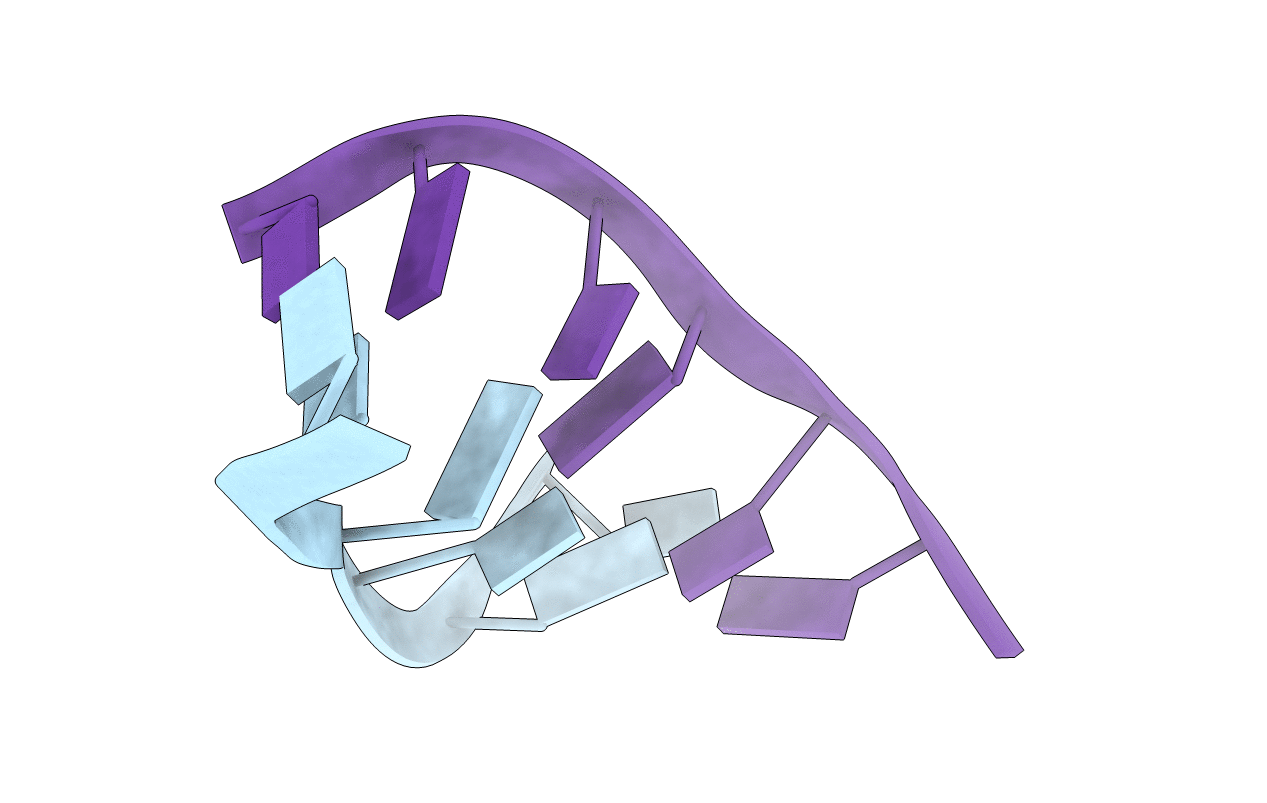
Deposition Date
2013-07-30
Release Date
2013-08-21
Last Version Date
2024-05-15
Method Details:
Experimental Method:
Conformers Calculated:
1
Conformers Submitted:
1
Selection Criteria:
DISTANCE RESTRAINTS


